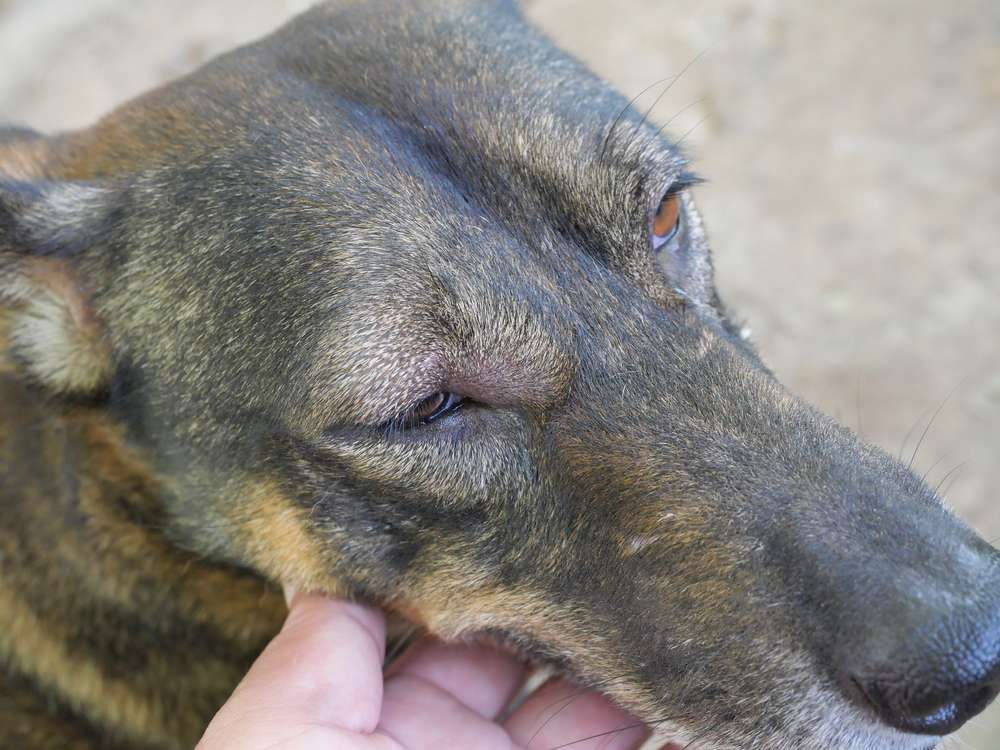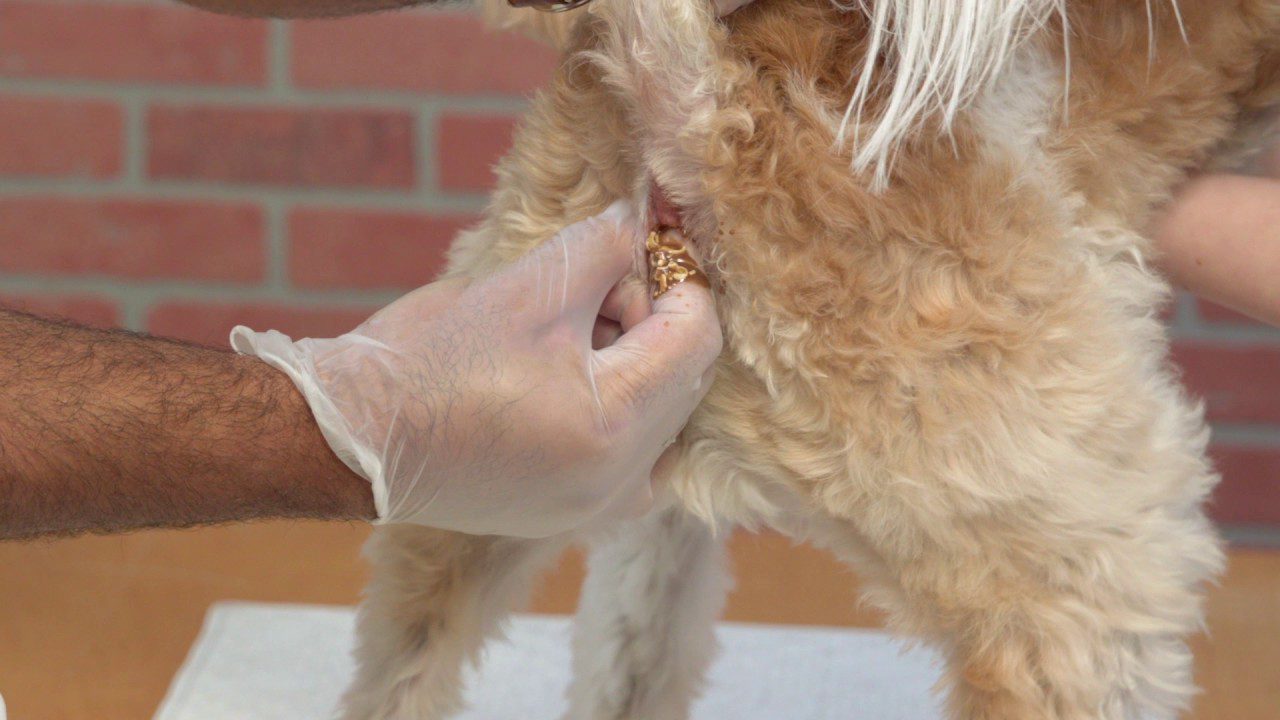Key Takeaways:
- Sialocele is a condition in dogs where saliva accumulates and forms a cyst-like structure.
- It is most commonly caused by trauma or injury to the salivary glands.
- Symptoms of sialocele include swelling, pain, and difficulty eating or drinking.
- Diagnosis is typically made through physical examination and imaging tests like X-rays or ultrasounds.
- Treatment options for sialocele include draining the accumulated saliva, surgical removal of the affected gland, or medication to reduce inflammation.
Are you a dog lover who wants to ensure the health and happiness of your furry friend? If so, then understanding the topic of sialocele in dogs is essential for you. Sialocele may sound like a complicated term, but don't worry, we'll break it down for you. In simple terms, it refers to an abnormal accumulation of saliva in a dog's salivary gland or ducts. Now, you might be wondering why this matters. Well, imagine your beloved pup experiencing discomfort or pain due to this condition. By diving into this subject, you'll gain valuable knowledge on how to identify the symptoms and provide timely care for your four-legged companion. Did you know that sialocele affects up to 5% of all dogs? That means it's more common than you might think! So let's explore this topic together and equip ourselves with the necessary information to keep our furry friends happy and healthy. After all, our dogs rely on us for their well-being – and what better way to show our love than by understanding their unique needs? Let's delve into the world of sialocele in dogs and become knowledgeable pet owners who can provide the best care possible.
Understanding Sialocele in Dogs: Causes and Effects
Causes of Sialocele in Dogs
Sialocele, also known as salivary gland mucocele, is a condition that occurs when there is a blockage or rupture in the salivary ducts of dogs. The main cause of sialocele is trauma to the head or neck region, which can happen from accidents, fights with other animals, or even rough play. When the ducts are damaged, saliva accumulates in a pocket or cyst-like structure, leading to swelling and discomfort for the dog.
Effects of Sialocele on Dogs
Sialocele can have several effects on dogs. Firstly, it causes swelling in the affected area, which can be seen as a lump or bulge near the jawline or under the tongue. This swelling may cause pain and discomfort for the dog, making it difficult for them to eat or drink properly. Additionally, sialocele can lead to infection if bacteria enter the cyst-like structure through the damaged ducts. In severe cases, this infection can spread to surrounding tissues and cause further complications.
Overall, sialocele is a condition that requires prompt attention from a veterinarian to prevent further discomfort and potential complications for your furry friend.
Recognizing the Signs of Sialocele in Dogs: What to Look Out For
Common Signs of Sialocele
Recognizing the signs of sialocele in dogs is crucial for early detection and treatment. Some common signs to look out for include:
- Swelling or bulging near the jawline or under the tongue
- Difficulty eating or drinking
- Drooling excessively
- Pawing at their face or mouth
- Bad breath
If you notice any of these signs in your dog, it is important to consult with a veterinarian. They will be able to examine your dog and determine if sialocele is the cause of their symptoms.
Diagnosing Sialocele in Dogs: How Veterinarians Identify the Condition
Veterinary Examination
To diagnose sialocele in dogs, veterinarians will perform a thorough examination of your furry friend. They will visually inspect the affected area for any swelling or abnormalities. Additionally, they may gently palpate the area to check for tenderness or discomfort.
Imaging Techniques
In some cases, veterinarians may use imaging techniques such as X-rays or ultrasound to get a better look at the salivary glands and ducts. These imaging tests can help identify any blockages or ruptures that may be causing sialocele.
Once a diagnosis is confirmed, your veterinarian will discuss treatment options with you.
Treating Sialocele in Dogs: Do They Need Medical Intervention?
Medical Treatment for Sialocele
Treatment for sialocele in dogs depends on the severity of the condition. In mild cases where there is no infection or significant discomfort, conservative management may be recommended. This involves monitoring the condition closely and providing supportive care such as pain medication and soft food to ease eating.
However, most cases of sialocele require medical intervention. This typically involves draining the accumulated saliva from the cyst-like structure through a process called aspiration. The veterinarian will use a needle and syringe to remove the fluid, relieving pressure and reducing swelling.
In more severe cases or if there is an infection present, surgery may be necessary to remove the damaged salivary gland or repair any ruptured ducts.
Exploring Treatment Options for Dogs with Sialocele: What Can Be Done?
Aspiration and Drainage
As mentioned earlier, aspiration is a common treatment option for sialocele in dogs. The veterinarian will carefully insert a needle into the cyst-like structure and remove the accumulated saliva. This procedure may need to be repeated if the sialocele reoccurs.
Surgical Intervention
In cases where conservative management or aspiration is not sufficient, surgery may be recommended. The specific surgical procedure will depend on the location and extent of the sialocele. Surgery aims to remove or repair the affected salivary gland and ducts, ensuring proper drainage of saliva.
After treatment, it is important to follow your veterinarian's instructions for post-operative care and monitoring.
Preventing Sialocele in Dogs: Tips to Reduce the Risk
Avoid Trauma to the Head and Neck
One of the best ways to prevent sialocele in dogs is by minimizing trauma to their head and neck region. This includes avoiding rough play that could lead to accidental injuries. Additionally, keeping your dog on a leash during walks can help prevent them from getting into fights with other animals.
Prompt Veterinary Care for Injuries
If your dog does experience any injuries or trauma to their head or neck, it is important to seek prompt veterinary care. Early intervention can help prevent complications such as sialocele from developing.
By taking these preventive measures, you can reduce the risk of sialocele in your beloved canine companion and ensure their overall health and well-being.
In conclusion, sialocele in dogs is a condition where saliva accumulates in a pocket or cyst. It can cause swelling and discomfort for the dog, but with proper veterinary care, it can be treated effectively.
How do you treat Sialocele in dogs?
To treat a salivary mucocele, the affected salivary gland(s) need to be surgically removed. This procedure is called a sialoadenectomy. In some cases, both the mandibular and sublingual salivary glands are removed at the same time because they have a shared salivary duct.
Is Sialocele fatal in dogs?
If a dog develops a salivary mucocele and the swelling becomes severe enough, it can potentially be life-threatening as it can obstruct the dog's breathing and cause respiratory distress. This is particularly true for pharyngeal mucoceles, which result in swelling in the back of the throat.
What are the symptoms of Sialocele in dogs?
Swelling can occur in various areas such as beneath the jaw line, on the neck, or under the tongue as a result of symptoms. Swelling in the cheek region typically indicates parotid sialoceles, while swelling around the eye and bulging of the eye are common signs of zygomatic sialoceles.
How much does Sialocele dog surgery cost?
The price of sialoadenectomy in dogs can vary depending on whether or not a marsupialization procedure is also necessary. Generally, the cost of sialoadenectomy is usually between $250 and $1,000.
Can sialocele go away on its own?
If the entire gland is not extracted, a sialocele will continue to exist. In most cases, animals diagnosed with a sialocele are prescribed antibiotics regardless of whether there is any indication of infection. Post-surgery care is simple and involves maintaining cleanliness and dryness of the incision in the skin.
Is sialocele painful for dogs?
The sialocele typically appears as a painless swelling filled with fluid in the mouth, neck, or occasionally near the eye. Initially, the sialocele may cause pain due to inflammation.
















